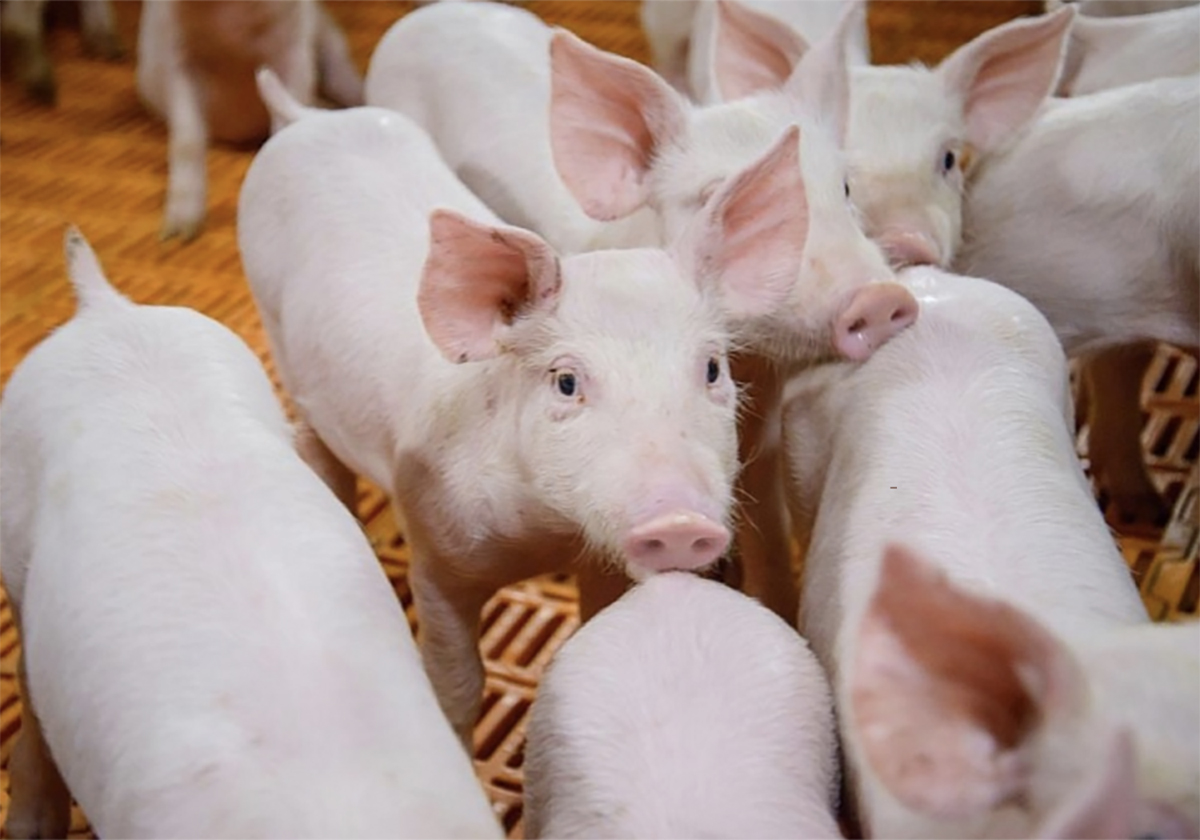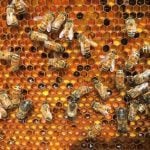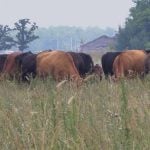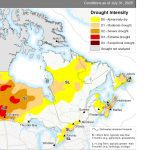A record number of American feeder cattle were sold into Canada between Oct. 1 and March 31.
Nearly 204,000 cattle entered Canada under the restricted feeder program, which allows animals into the country during the winter months. Seven American states with low disease risk are allowed to sell cattle to approved feedlots.
Montana was the largest participant, shipping 126,000 head to Alberta. Other shipping states included Washington, Hawaii, Idaho, North Dakota and Alaska. New York sent about 600 head to Ontario.
“This was the first year for New York,” said Rob McNabb of the Canadian Cattlemen’s Association.
Read Also

The Western Producer Livestock Report – August 28, 2025
Western Producer Livestock Report for August 28, 2025. See U.S. & Canadian hog prices, Canadian bison & lamb market data and sales insights.
“Some other eastern states are expressing interest. We don’t expect them to have any problems.”
The cattle producers group has been working with Ottawa to open the borders year round. This requires the government to approve animal import regulations that have been published in the Canada Gazette. After a 15-day comment period, the regulations could be ready later this spring.
The regulations allow each state to submit its health status for approval to Canada. Its status would then be determined as low risk, equal to Canada’s disease status or be deemed a high risk area.
Canada targets diseases such as bluetongue and anaplasmosis.

















